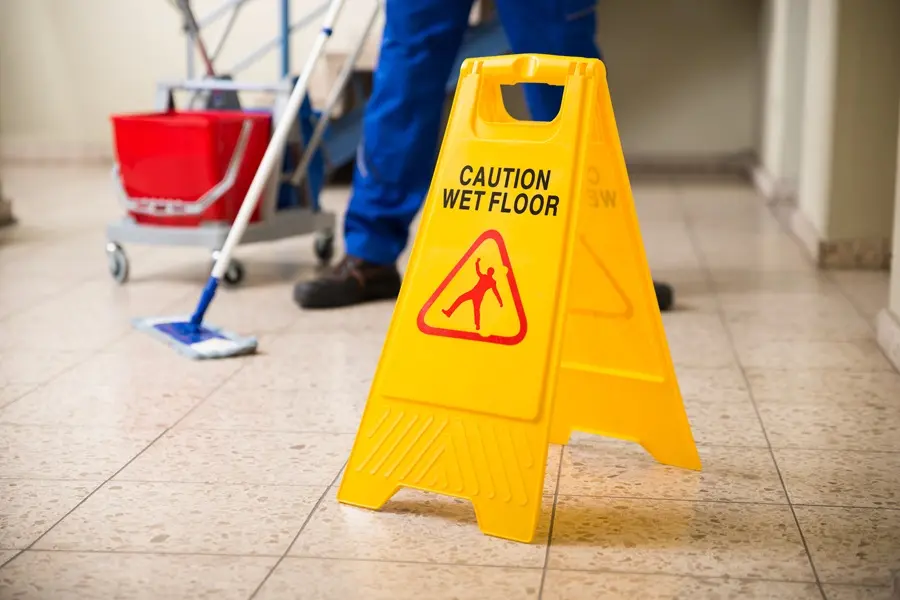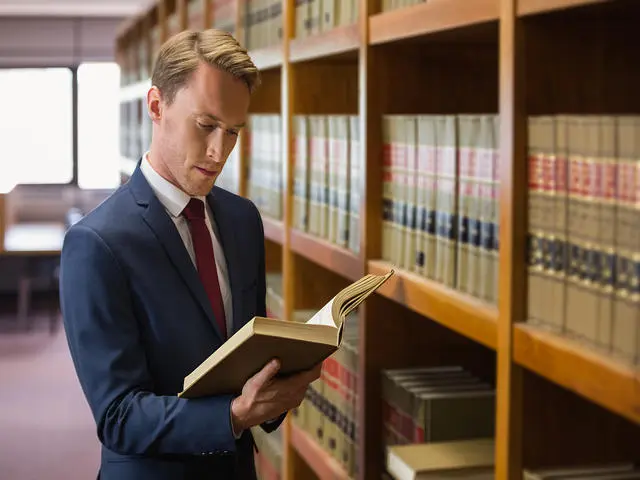Proving Negligence in Premises Liability Claims
Establishing negligence in a premises liability claim is essential for the injured party to secure compensation for their injuries. To do so, the plaintiff typically needs to demonstrate the following four elements, which have already been touched on briefly.
1. Duty of Care
The plaintiff must first show that the defendant (the property owner or manager) owed them a duty of care. The nature of this duty can vary depending on the plaintiff’s legal status on the property — in other words, whether they were an invitee, licensee, or trespasser.
2. Breach of Duty
After establishing the defendant’s duty of care, the plaintiff must show that the property owner breached this duty. This means demonstrating that they failed to maintain the property in a reasonably safe condition or warn of dangerous conditions that they knew or should have known about.
3. Causation
Next, the plaintiff must link the breach of duty directly to their injury. This involves showing that the injury was a foreseeable result of the property owner’s negligence and that the dangerous condition on the property was the actual cause of the injury.
4. Actual Harm
Finally, the plaintiff must prove that they suffered some type of harm as a result of the incident. This can include subjective harm like pain and suffering as well as quantifiable losses like medical expenses and lost wages.
Gathering Evidence

Proving these elements requires the plaintiff and their attorney to gather an abundance of evidence, including:
- Photos or videos of the hazardous condition that caused the injury.
- Maintenance records show how the property was cared for and whether there were previous reports or complaints.
- Witness statements from people who saw the incident or can attest to the dangerous state of the property.
- Medical records to document the injuries and the treatment needed.
- Expert testimony from safety professionals, engineers, or medical experts to help explain how the negligence led to the injury.
An experienced premises liability lawyer can help you collect compelling evidence to build a strong case on your behalf.
Common Challenges
There are many potential obstacles when it comes to proving negligence.
For one, the defendant might argue that the plaintiff was partially at fault for the injury (e.g., not paying attention, ignoring warning signs). In jurisdictions with comparative negligence laws, this can reduce the compensation the plaintiff receives.
The defendant might also claim that the plaintiff’s injuries were due to pre-existing conditions and not the incident on the property. However, they must provide evidence to substantiate such a claim.
Proving that the property owner had or should have had notice of the dangerous condition is often one of the biggest challenges. The plaintiff must demonstrate that the owner knew about the hazard or that it had been present long enough that they should have discovered and fixed it.
Compensation Available After a Slip and Fall

If you successfully pursue a premises liability claim, you may be entitled to compensation for various losses. Here’s a breakdown of the types of compensation you could recover.
Economic Damages
Economic damages reflect quantifiable losses with clear monetary value. They serve to reimburse injury victims for the financial strain their accidents cause. Examples include:
Medical Bills
This covers all past and future medical expenses related to your injuries, including hospital stays, doctor visits, surgeries, medications, physical therapy, and assistive devices.
Lost Wages
You can recover compensation for any wages you’ve lost while recovering from your injuries, as well as any future wage loss due to permanent disabilities.
Loss of Earning Capacity
If your injuries prevent you from returning to your previous job or limit your ability to work altogether, you may be remunerated for the loss of your future earning potential.
Property Damage
Depending on the nature of your accident, you may also be reimbursed for any personal property that was damaged during the accident.
Non-Economic Damages

Non-economic damages are more abstract and harder to quantify. They aim to compensate for the mental and emotional distress caused by an accident.
Examples include:
Pain and Suffering
This category of damages covers the physical and emotional pain you’ve endured due to your injuries.
Mental Anguish
Mental anguish provides payment for emotional distress, anxiety, depression, PTSD, or other psychological effects of an accident.
Loss of Consortium
If your injuries impact your relationship with your spouse or another loved one, you could recover compensation for the loss of companionship and intimacy.
Loss of Enjoyment of Life
This form of compensation addresses the inability to participate in activities you once enjoyed due to your injuries.
The amount of compensation you can recover depends on the nature and severity of your injuries, their long-term impact on your life, the property owner’s negligence, and other factors specific to your case. Here are some additional points to consider.
Shared Fault
In some states with comparative negligence laws (including Mississippi), the compensation you receive can be reduced if you’re deemed partially at fault for the accident.
Settlement vs. Trial
Most premises liability cases are settled out of court. Your attorney will attempt to negotiate a fair settlement offer on your behalf. If a settlement can’t be reached, the case may go to trial, where a jury will decide whether you’re due compensation and how much you’ll receive.
How Long Do You Have to File a Premises Liability Claim in Hattiesburg?
The statute of limitations for filing a premises liability claim in Mississippi is three years from the date of your injury. That means you have three years to file a lawsuit in court against the property owner who caused your accident and resulting losses.
If you miss this deadline, you’ll likely be barred from bringing a claim and could lose your right to compensation. It’s important to consult a personal injury lawyer as soon as possible after your accident to ensure that you meet all relevant filing deadlines.












